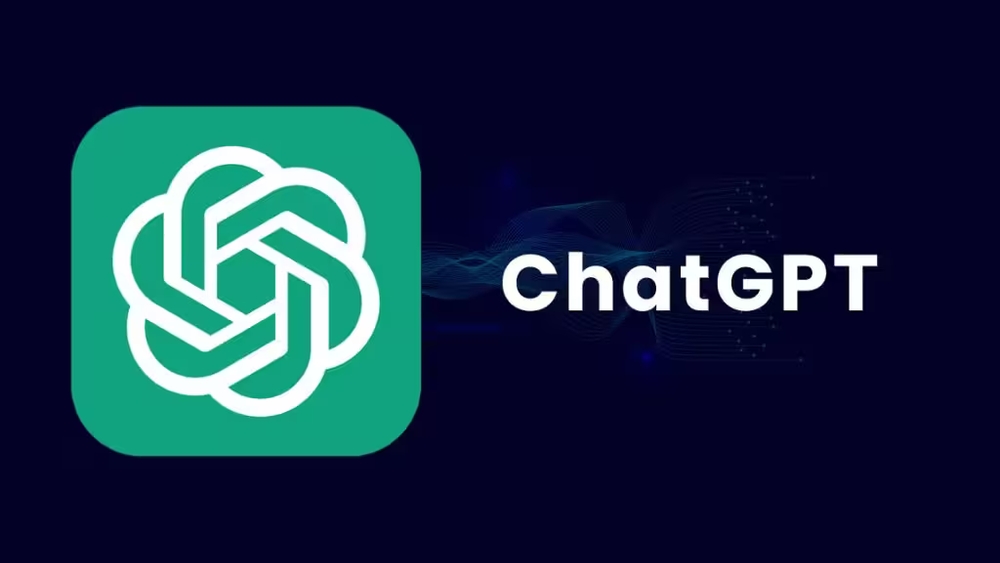Published
- 3 min read
How to Use GPT Effectively: From Prompt Structure to Real-World Use Cases

🤖 GPT Usage Guide: From Prompt Anatomy to Startup Workflows
Now that we’re living in the AI era, our productivity depends a lot on how well we work with AI.
Sure, we might all get replaced by AI someday… but until then, we fight to survive—so let’s learn to use GPT smartly. In this post, I’ll show you how I personally use GPT, along with some reusable templates.
Want the quick version?
- Structure prompts in 4 stages: Goal → Return Format → Warnings → Context Dump
- Assign GPT a clear role and task—make it act like a real teammate
- Always have a human review the output before using it
1. Anatomy of a Prompt — The 4 Core Components
| Section | What it defines | Example |
|---|---|---|
| Goal | What you want to get | ”Recommend top 3 round-trip hiking trails near SF (within 2 hours)“ |
| Return Format | How the output should look | ”Table format with course name, difficulty, total time, round-trip distance” |
| Warnings | What to avoid or exclude | ”Exclude broken trail links, avoid routes closed since 2023” |
| Context Dump | Background info for better relevance | ”User has weak knees, can only use public transport” |
Why it matters
- GPT performs way better when you define these four clearly.
- Once you have this structure, you can reuse the same template for different cases.
2. Using GPT Like a Virtual Teammate
When I use GPT for work, I always give it a specific role and task. Treat GPT like it’s a member of your project team.
1. List Out Roles, Tasks, and Required Skills
Start with:
“List all roles required for building a web app startup. For each role, include key tasks, tools used, and must-have skills.”
Then copy the result into Notion or wherever you plan your roadmap.
2. Assign GPT a Specific Role
For each function (e.g., backend dev, PM), start a new chat like:
“You are a senior backend developer. You need to build an API for…”
Then walk it through the SDLC: analysis → design → implementation → testing → deployment. You can ask for docs or code for each stage.
3. Human Review (Always!)
GPT gives you a solid draft, but it’s still a draft. Never submit GPT-generated work to external authorities (like FDA or enterprise clients) without checking. If you’re writing for something sensitive, assume someone will detect AI use—so review everything thoroughly.
Key tip: Assigning Role + Output Format + Stage = solid results Also, use separate chats per function to avoid context mix-ups.
3. Checklist for Effective GPT Prompts
- Is your Goal clearly stated in one sentence?
- Did you define the Return Format (e.g., table, list, JSON)?
- Did you add Warnings (e.g., legal risks, outdated data)?
- Did you include a Context Dump with relevant background?
- Did a human review and refine the final result?
4. Sample Prompt: Startup API Spec
[Goal]
Create a draft API spec for a new web app.
[Return Format]
Markdown table (endpoint, method, request params, response example, description)
[Warnings]
- Assume OAuth2 is required
- Do not include fields that may violate GDPR
- Use JSON for all examples
[Context Dump]
- Service: lightweight task management SaaS
- Audience: teams of 1–10 people
- Existing DB schema: user, project, task5. Final Thoughts
Even just using this 4-part prompt template will noticeably improve GPT’s output.
If you stop treating GPT like a magical solution and instead treat it as a smart team member, it becomes a powerful productivity tool. (Although… if it gets too smart, we might all become Dormammu, so keep that in mind.)
Still, the ultimate responsibility lies with you—not GPT. No matter how well the AI performs, a human must validate the output before publishing, sending, or deploying it.
Once you get used to this:
Prompt Structure → Role Assignment → Human Validation
GPT becomes an incredible asset to your daily workflow.